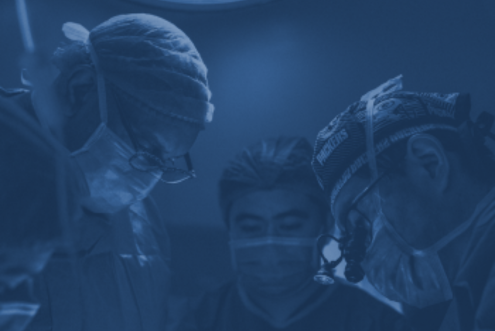About the customer
Incremed AG develops medical software including surgical field monitoring and warning system, mixed reality ultrasound screen, and mixed reality application guidance application for healthcare personnel.
They have their development team specialized in mobile and web applications programming. Due to increased demand, they required people experienced with immersive technologies.
The challenge / Business requirements
Very high development standards characterize medical software. Documented development process, detailed technical documentation, development process complied with ISO standards, testable architecture and many more. Unfortunately, enterprise-grade standards are not typical for game development teams. On the other hand, typical software houses familiar with those standards have no experience with game engines (like Unity or Unreal engine). Therefore, Incremed needs to find people experienced with game development and business application development.
The solution
Our interdisciplinary team consists of two experienced full-stack developers, a senior 3D artist and an expert UI/UX designer specializing in immersive technologies. We can deliver complete HoloLens applications or provide the necessary skills needed for Mixed Reality development.
The very first challenge was to keep to balance between flexibility needed to understand users’ needs and build a solid code foundation. Medical projects don’t have enterprise budgets, and we need to work smart to focus only on the most important things. We proposed working agile with small iterations that engage team members only when required. This flexible approach allows prototyping to narrow a list of must-have business requirements quickly. This habit is typical for game development, where the early stage is pre-production to set goals and estimate the amount of work needed to deliver a complete product. It works very well with immersive applications because, in the beginning, users and business owners have no clear vision of how the application should look like and what will be most beneficial. When proof of concept was confirmed, we converted it to a new project with testable architecture to have a solid foundation for long-term development. It worked great for interaction and user interface design, was quickly set up in Unity, and deployed to HoloLens. Because we want the team to build in one place, we had to ensure that it will be consistent and also allow to work without blocking and waiting for others. It is often a challenge in game development where many people are working on close topics and are waiting for others. Therefore, we split the team into Development, Design, and Testing streams to resolve it. Designers provide mockups and assets that programmers implement with interactions, and finally, complete modules are ready to test by testers. Setting CI/CD workflow simplifies and reduces time to build packages that can be deployed quickly to devices at almost any stage of development. To improve quality even higher, programmers created unit tests to verify if application code was still consistent during the development. Unfortunately, it is impossible to test visual assets and interactions. Therefore, 3D artists and Unity Designers verify their work by checking in-pairs UI elements and visual components. Finally, before releasing it to the customer, internal testers checked application functionality to ensure that nothing was broken or changed accidentally. This approach allows us to deliver a few applications and receive very positive end-user feedback.
Medical software development

The partnership between supplier and customer
We have been working together since the beginning of 2020. We started with a short few-week contract, but soon our team was fully engaged as the results were very fruitful. We were involved in developing a few medical applications, but we cannot share anything about them because they have not been publicly announced yet.
